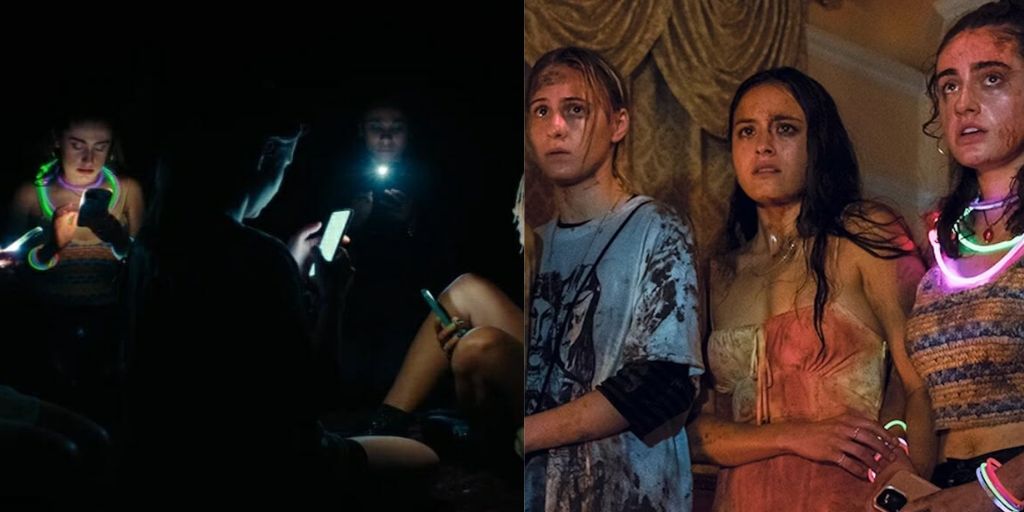Reality TV and films often try to reflect real life in ways that audiences can connect with. They explore various aspects of modern living, from societal issues to personal struggles, using different formats to discuss these topics.
Netflix’s new show, The Influencer, stands out from other reality TV programs. Produced by Lee Jae-seok, this Korean show aims to find the best influencer among 77 online celebrities and content creators.
The contestants face surprising and sometimes offensive challenges that test how well they can attract and keep an audience. This bold approach gives viewers an honest look at the world of influencers and the pressures they face.
The Influencer might look like a typical reality TV show at first, with its focus on social media personalities. However, it starts with a question that makes viewers think: Why did you decide to watch this show? This question sets up the serious tone of the series and prepares viewers for the intense content.
The show begins with contestants meeting and evaluating each other’s worth based on their follower counts. They give each other Likes and Dislikes, a concept familiar from social media but unusual in real life. This task shows how different online reactions can be when faced face-to-face.
Later, contestants must do challenging tasks, like convincing followers to stay during live streams or selling themselves as products. These tasks are hard and often distressing, highlighting the difficulties of gaining and keeping attention online.

The Influencer portrays the tough realities of being an influencer. Many people don’t realize the difficulties of maintaining an online following. Influencers often have to craft their public image to appeal to internet users, even if it doesn’t reflect who they really are.
The show shows how online fame can take an emotional toll. Famous TikToker sia_jiwoo talks about dealing with harsh criticism, and beauty YouTuber Risabae struggles with keeping followers engaged. The show’s self-auction challenge, where contestants must sell themselves to each other, highlights their deep frustration when no one is interested.
Tarot, another recent horror film, tries to connect with Gen Z through tarot readings and astrology. Directed by Anna Halberg and Spenser Cohen, Tarot lacks the depth found in Bodies, Bodies, Bodies. While it uses astrology to try to understand Gen Z, it misses the social and existential aspects that make Bodies, Bodies, Bodies insightful and funny.
Halberg and Cohen, writing Tarot during COVID, were inspired by how people turned to astrology for answers. They wanted to explore fate versus free will but ended up with a film that doesn’t fully capture Gen Z’s essence.
Bodies, Bodies, Bodies uses a game similar to Among Us, which became popular during lockdowns. In the film, a group of friends plays a version of the game to uncover a killer among them. This setup, along with its satirical take on Gen Z, makes the film a clever reflection of the generation.
Tarot follows friends who break a tarot rule and face deadly consequences linked to their readings. The characters seem like stereotypes rather than true representations of Gen Z. Bodies, Bodies, Bodies, on the other hand, creates characters that are distinctively Gen Z, using humor and satire to comment on the generation’s traits and issues.
Bodies, Bodies, Bodies captures the atmosphere of 2020, reflecting how the lockdown affected Gen Z. The film uses the setting and themes to offer a nuanced view of the generation’s experiences.
In contrast, Tarot seems less connected to Gen Z, using astrology as a gimmick rather than a meaningful exploration. While Bodies, Bodies, Bodies thoughtfully engages with Gen Z’s reputation, Tarot remains superficial, relying on its astrological theme without delivering a deep commentary.
Bodies, Bodies, Bodies stands out for its insightful and engaging portrayal of Gen Z, while Tarot falls short despite its intriguing premise.





